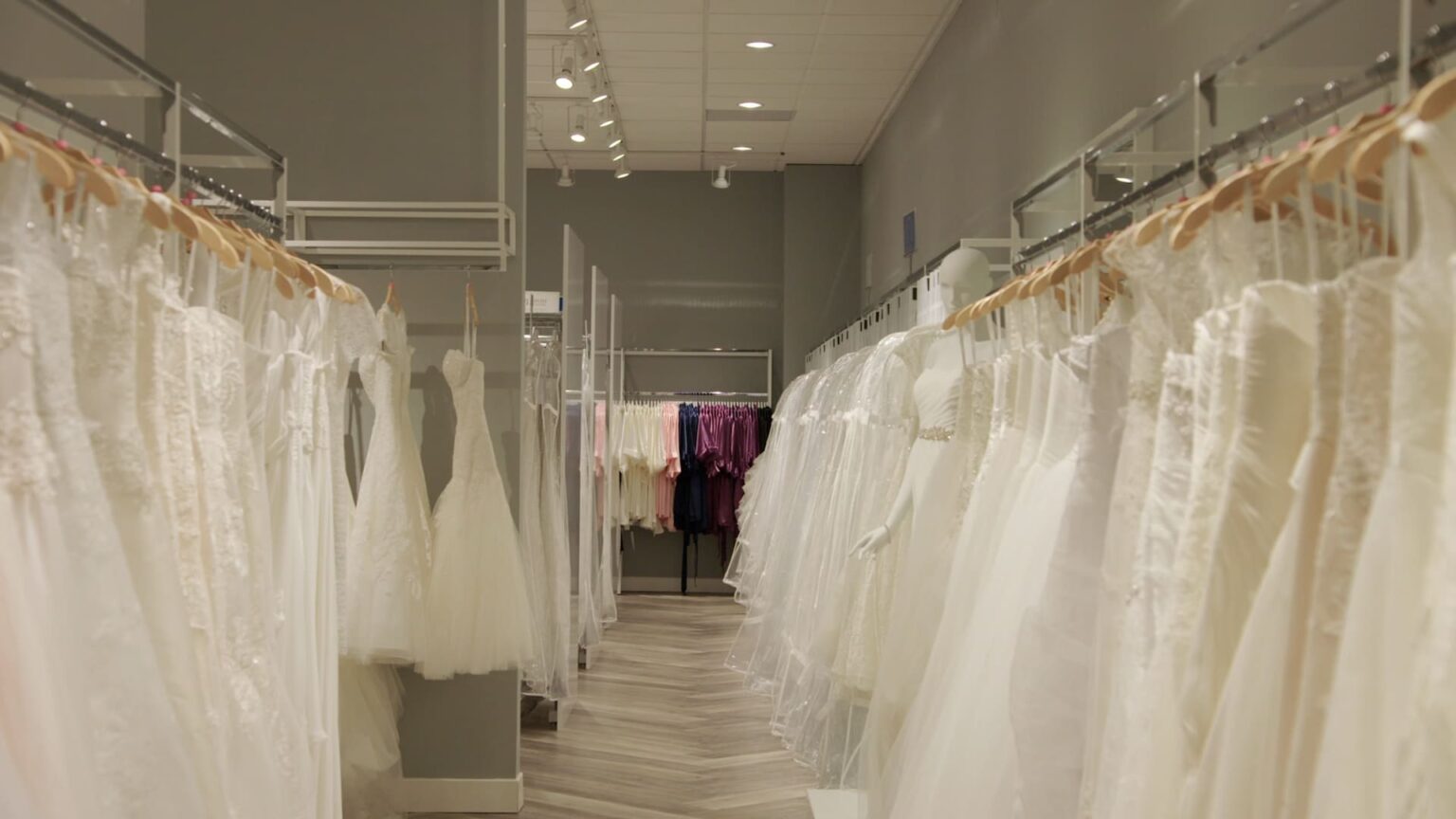The Impact of Tariffs on the U.S. Bridal Industry
Recent import tariffs imposed on Chinese goods have triggered significant concerns among U.S. bridal shops, including those like The Persnickety Bride in Newtown, Connecticut, owned by Denise Buzy-Pucheu. The tariffs, reaching as high as 145%, adversely affect bridal businesses by increasing costs associated with wedding gowns and related apparel.
Challenges Facing Bridal Businesses
Bridal gowns are predominantly manufactured in China, along with a substantial portion of the materials needed, such as fabrics and zippers. Buzy-Pucheu highlights the difficulty of transitioning this production to the U.S., noting the lack of skilled technicians required for such specialized work. “This type of work is not just not something you can pick up and bring to the United States,” she stated.
Widespread Effects of Tariffs
These tariffs extend beyond bridal apparel, impacting a diverse array of consumer goods, including clothing, furniture, and toys. Bridal shops, often small businesses dependent on a consistent supply of affordable gowns, are feeling the effects more acutely.
- Approximately 90% of wedding dresses are produced in China.
- Many brands are now looking to move production to countries like Vietnam and Myanmar, where production costs are lower and tariffs less burdensome.
Industry Responses to Rising Costs
As the industry grapples with these challenges, organizations like the National Bridal Retailers Association (NBRA) have initiated campaigns aimed at securing exemptions from these tariffs. They are encouraging boutique owners to reach out to legislators to advocate for relief. This comes on top of existing tariffs that began during the previous administration.
David’s Bridal has accelerated its plans to shift production out of China, aiming to have nearly all of its gowns manufactured in countries with lower tariffs by the middle of this year. CEO Kelly Cook noted this strategy is essential for maintaining pricing for consumers.
Consumer Impact and Financial Considerations
The financial burden created by tariffs is significant for brides-to-be, who already face high costs for their wedding attire. According to data from The Knot, the average expenditure for a wedding dress in the U.S. is around $2,100, with total wedding costs averaging between $31,000 to $37,500.
Major Brand Strategies and Surcharges
To address these increased costs, brands are starting to implement tariff surcharges. For instance, Mon Cheri, a prominent bridal brand, has introduced a 39% surcharge, meaning an average gown costing $2,200 could increase by $300. Similarly, Justin Alexander has reported a roughly 6% price increase on its dresses due to the tariffs.
Future of the Bridal Industry
The ongoing financial strain raises alarms about the future of small bridal shops. Several owners, including Sandra Gonzalez of Sacramento, California, face difficult decisions as they struggle to maintain their businesses amid rising expenses. Gonzalez has already seen increases in dress prices ranging from 5% to 25% and is uncertain how much longer she can keep her prices stable.
Industry leaders express concern that if the current tariff levels persist, many small businesses may not survive, ultimately affecting the overall wedding marketplace and traditions associated with it. As Stephen Lang, CEO of Mon Cheri, expressed, “Our industry is going to get wiped out if it doesn’t change.”
Conclusion
The bridal industry’s dependence on global supply chains makes it particularly vulnerable to trade policies. As businesses adapt to these challenges, the broader implications for consumer costs and local business viability raise important questions about the future landscape of bridal retail.
